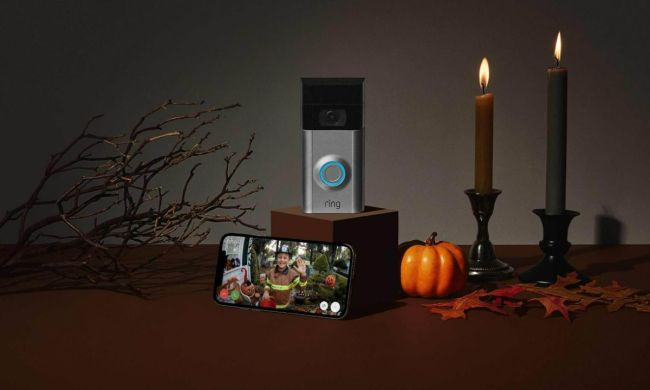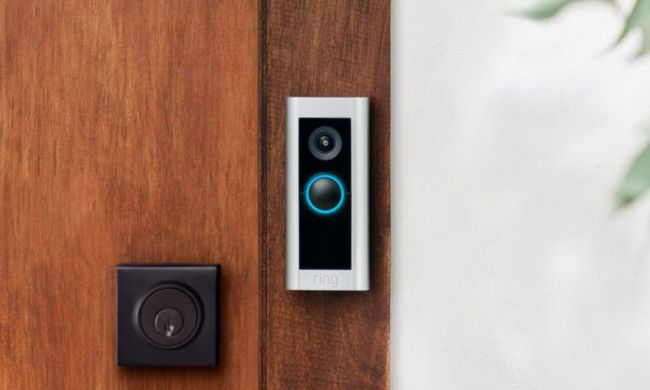Legrand is working with companies such as Cisco and Samsung to focus on getting more interoperability between smart-home devices with its Eliot program. If your smart bed sends out the signal that you’re still in bed at 3:00 a.m., then the light has no reason to turn on.
One project Samsung and Legrand worked together on was the first Thread-enabled light switch. “What Thread does for us is [provide] the ability to have a platform that we can continually grow on for the future,” said Linhares. Thread is a wireless protocol backed by Nest, Samsung, Qualcomm, and lots of other big names. It’s supposed to be low-power, secure, and reliable, but there aren’t many compatible devices available yet.
When Legrand rolls out its program designed for a more autonomous home later this year, it will include connected lights, shades, thermostats, and smart locks. The company envisions music following you through the house as you move from room to room, and lights turning on and off depending on your location. Beyond that, Linhares wants to see a way for the autonomous home to help people age in place.
Without using cameras — perhaps by analyzing how people’s bodies interrupt wireless signals — the house should know what the resident is up to, he said: “We can actually analyze that and see if they’re standing, sitting, moving.” If your grandmother got up at her usual time and seemed active throughout the day, you’d get a notification she’s having a good day. If she hasn’t gone into the kitchen for several hours, perhaps her voice assistant could chime in and remind her it’s time for lunch.
Legrand has one more goal: To make all this seamless and simple. “The goal is to not to have to rely on a Yellow Pages-style manual,” said Linhares. “It can’t be any more complex than installing that light switch.”


